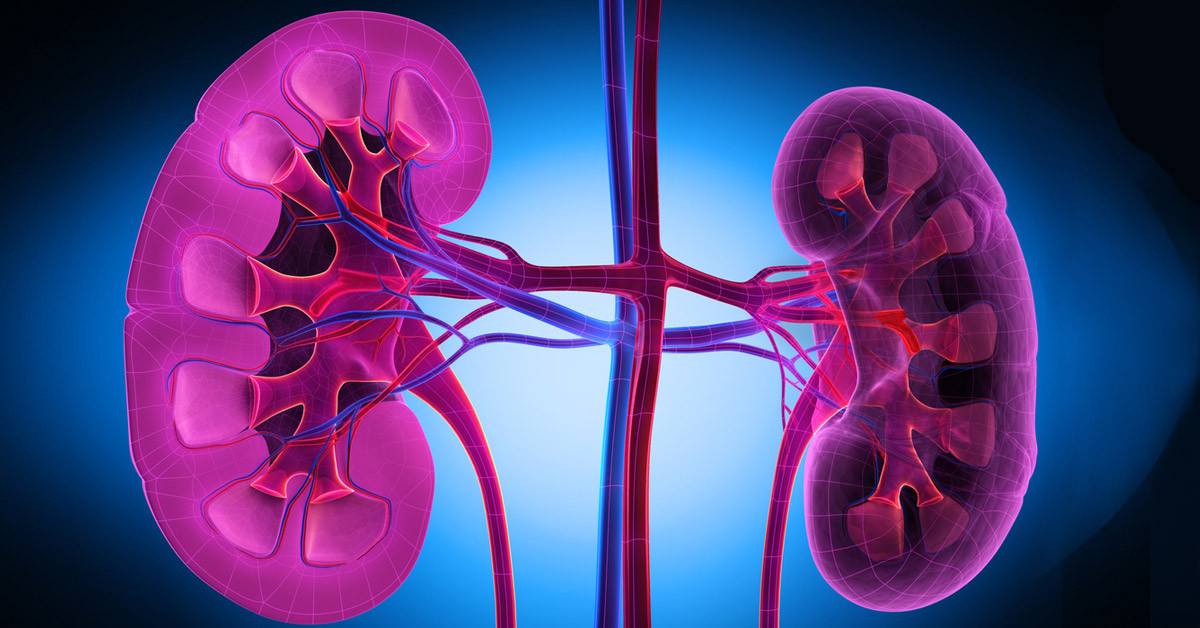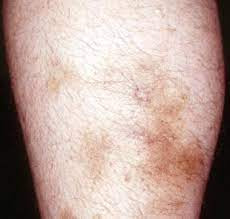Definition
Cutaneous lupus erythematosus is an autoimmune skin disease that occurs when your immune system mistakenly attacks healthy skin cells, causing damage to your skin. This condition can result in redness, itching, pain, and eventually scarring. Cutaneous lupus erythematosus is often referred to as cutaneous lupus.
Cutaneous lupus erythematosus is distinct from systemic lupus erythematosus (SLE). Systemic lupus erythematosus is an autoimmune disease where the immune system attacks various parts of your body, including joints, lungs, brain, kidneys, and skin. However, in cutaneous lupus erythematosus, the autoimmune disorder affects only the skin. It can occur independently or as part of systemic lupus erythematosus. About 10% of all lupus cases involve the skin, and up to 65% of systemic lupus erythematosus patients will develop cutaneous lupus. The estimated incidence of cutaneous lupus erythematosus is 4 cases per 100,000 people per year.
Causes
Cutaneous lupus erythematosus is classified as an autoimmune disease, where the immune system mistakenly attacks the body. However, the exact cause of autoimmunity in cutaneous lupus erythematosus remains unclear. This disease is not contagious, meaning you cannot contract it or pass it on to others. It is believed to result from a combination of genetic, hormonal, and environmental factors. The condition can be inherited, and scientists have identified over 50 genes commonly found in lupus patients.
Women are significantly more likely to develop lupus, suggesting that female hormones, particularly estrogen, may play a role in the onset of the disease and its symptoms. Symptoms of cutaneous lupus erythematosus can appear during a woman’s menstrual cycle or pregnancy when estrogen levels are higher.
Exposure to ultraviolet (UV) light, either from the sun or fluorescent lighting, can trigger cutaneous lupus erythematosus symptoms. The rashes associated with cutaneous lupus are extremely sensitive to light. Certain medications (including over-the-counter drugs for stomach ailments) can also provoke the condition.
Risk factor
Several factors can increase the risk of developing cutaneous lupus erythematosus, including:
- Being female
- Aged between 20 and 50
- African-American, Hispanic, or Asian-American heritage
- A family history of systemic lupus erythematosus or cutaneous lupus erythematosus
- Having systemic lupus erythematosus
- Exposure to ultraviolet (UV) light
Symptoms
Symptoms of cutaneous lupus erythematosus can range from mild to severe and are often episodic, flaring up at certain times throughout your life. Physical and emotional stress, illness, injury, and some medications can trigger flare-ups in people with lupus.
The primary symptom is a skin rash, which can vary in appearance depending on the type. The rash may be painful or itchy, though this is not always the case. The rash can improve or disappear after a few days or weeks, but in some cases, it may be permanent.
Cutaneous lupus erythematosus can be divided into three types, each with distinct symptoms and characteristics:
- Discoid Cutaneous Lupus
This type is characterized by round (disc-like), thick, scaly, red patches on the skin. Symptoms such as pain, itching, and burning may also occur, though some may experience no symptoms at all. These lesions most commonly appear on the face, ears, or scalp but can develop anywhere on the body. Scarring and changes in skin pigmentation (either darker or lighter skin) can occur. If these lesions develop on the scalp, they may lead to permanent hair loss. Long-standing discoid lesions may increase the risk of skin cancer.
- Subacute Cutaneous Lupus
Subacute cutaneous lupus manifests with a red-bordered rash around the edges. These rashes may resemble rings with dark red outer edges and red, scaly skin. This type can be triggered by certain medications and often appears on the neck, chest, upper back, shoulders, and arms, especially in sun-exposed areas. The rash typically does not cause pain or itching and does not leave scars, though skin discoloration can occur.
- Acute Cutaneous Lupus
This type presents with a red rash that often develops across the cheeks and the bridge of the nose, forming what is called a "butterfly rash" or "malar rash" due to its shape. This rash may appear after sun exposure and can also affect other areas of the body, such as the arms and legs. While it usually doesn’t leave scars, skin discoloration may occur. The presence of a butterfly rash is a hallmark of systemic lupus erythematosus, and patients with this rash may have symptoms of lupus in other parts of the body.
Diagnosis
To diagnose cutaneous lupus erythematosus, your doctor will begin by interviewing you about your symptoms, when they began, the appearance and progression of any rashes, and any family history of lupus. They may also inquire about symptoms related to systemic lupus erythematosus. A physical examination will follow, where the doctor will inspect the rash to determine the type of cutaneous lupus. If systemic lupus erythematosus is suspected, further examination may be necessary to check for signs in other organs. Additional tests might include a skin biopsy, where a small sample of skin is examined in a laboratory, as well as blood, urine, or kidney biopsies to detect systemic lupus erythematosus.
Management
The management of cutaneous lupus erythematosus involves lifestyle changes and medications. Treatments may include:
- Avoiding sunlight and fluorescent light: As lupus rashes are highly sensitive to natural and artificial light, it is advised to avoid exposure. Stay indoors during peak sunlight hours or wear a wide-brimmed hat, protective clothing, and sunscreen when outside.
- Corticosteroid injections: Doctors may inject corticosteroids directly into the rash to reduce inflammation. These injections may be required every few weeks.
- Oral medications: Drugs such as hydroxychloroquine or methotrexate may be prescribed to manage the immune response.
- Topical treatments: Creams, lotions, and ointments can help reduce skin inflammation. These may need to be applied once or twice daily, including corticosteroid creams and tacrolimus ointments.
- Vitamin D supplements may also be recommended due to limited sun exposure.
Complications
In some cases, cutaneous lupus erythematosus can develop into systemic lupus erythematosus, causing skin discoloration. Discoid lupus can result in scarring, permanent hair loss, or an increased risk of skin cancer. Lupus can also affect the quality of life.
Prevention
There is no guaranteed way to prevent cutaneous lupus erythematosus, but you can help prevent flare-ups by avoiding sunlight and limiting exposure to indoor fluorescent lighting. To reduce the risk:
- Stay out of direct sunlight, especially between 10 AM and 4 PM.
- Use sunscreen with broad-spectrum protection (UVB and UVA).
- Wear protective clothing and a wide-brimmed hat.
When to see a doctor?
Consult a doctor if you experience unexplained rashes on your skin. Since cutaneous lupus erythematosus symptoms can resemble other diseases, it can be difficult to diagnose.
Looking for more information about other diseases? Click here!
- dr. Yuliana Inosensia
American Academy of Dermatology Association. Lupus and Your Skin. Retrieved 24 May 2022, from https://www.aad.org/public/diseases/a-z/lupus-symptoms
Cutaneous Lupus (Skin Lupus). (2021). Retrieved 24 May 2022, from https://my.clevelandclinic.org/health/diseases/21601-cutaneous-lupus-skin-lupus
Lupus. (2021). Retrieved 24 Mei 2022, from https://www.mayoclinic.org/diseases-conditions/lupus/symptoms-causes/syc-20365789
Lupus Foundation of America. What is Cutaneous Lupus? Retrieved 24 May 2022, from https://www.lupus.org/resources/cutaneous-lupus
Oakley, Amanda. Cutaneous Lupus Erythematosus. Retrieved 24 May 2022, from https://dermnetnz.org/topics/cutaneous-lupus-erythematosus












